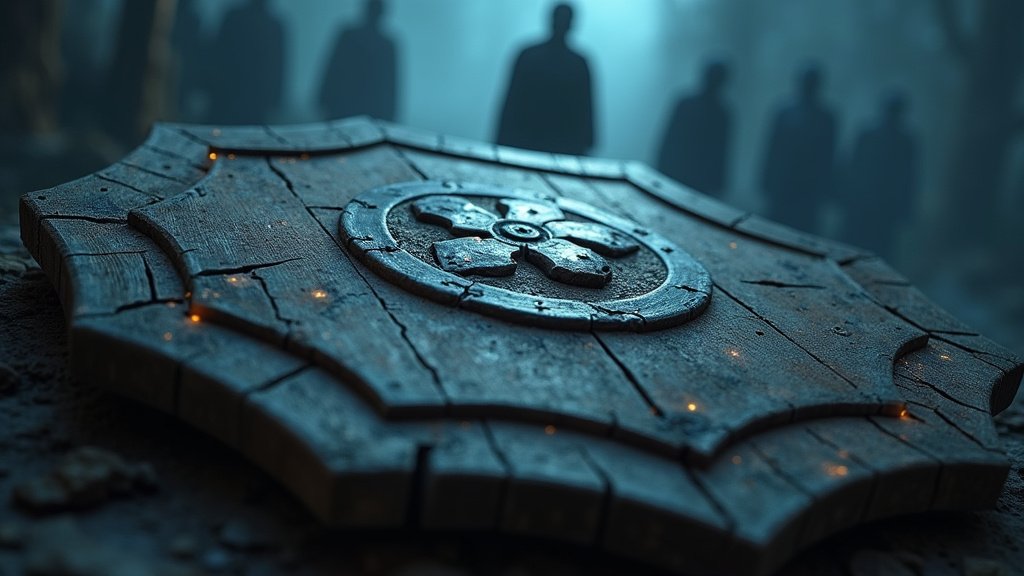The Miami Heat’s 2025 offseason has unfolded as a delicate balancing act, characterized by strategic financial maneuvers and a concerted effort to bolster their roster. While the franchise has successfully navigated luxury tax implications and fortified its backcourt, a pressing need for an impact frontcourt addition remains, a challenge complicated by the diminished trade value of key assets and the market realities surrounding potential targets. [6, 16, 18, 19]
Navigating the Luxury Tax Tightrope
Central to Miami’s offseason strategy was the imperative to avoid the NBA’s punitive repeater tax. This goal materialized in the recent trade of forward Haywood Highsmith, along with a 2032 second-round pick, to the Brooklyn Nets in exchange for a heavily protected 2026 second-round selection. This move was primarily a salary dump, shedding Highsmith’s expiring $5.6 million contract and successfully bringing the Heat approximately $1.7 million below the luxury tax threshold and roughly $7.2 million beneath the first apron. [16, 18]
Team President Pat Riley has been vocal about the importance of escaping the luxury tax, particularly after finishing as a tax team in the previous two seasons. Avoiding the repeater tax, which imposes significantly harsher penalties, grants the Heat greater financial flexibility in future seasons. The Highsmith trade also generated a valuable $5.6 million trade exception, offering another potential avenue for future roster adjustments. [16, 18, 20]
However, this financial gymnastics leaves the Heat with 14 players on standard contracts, one shy of the NBA’s 15-player regular-season limit. Filling this final roster spot without re-entering luxury tax territory presents a challenge, as a minimum salary contract would likely push them over the threshold before early December. This constraint underscores the team’s commitment to financial prudence, even if it means entering the season with a slightly smaller roster. [16]
Backcourt Bolstered, Frontcourt Lagging
Despite the financial intricacies, the Heat have been active in strengthening their guard positions. The acquisition of Norman Powell from the Los Angeles Clippers last month (July 2025) provides a significant scoring punch and enhances backcourt depth. Powell, who is entering the final year of his $20.48 million contract, averaged a career-best 21.8 points per game during the 2024-25 season with the Clippers, making him a timely addition for a team seeking more offensive firepower. [6, 13, 15, 19]
Further reinforcing the backcourt, Davion Mitchell, acquired from the Toronto Raptors at the trade deadline last season, was re-signed by the Heat on a two-year, $24 million contract in early July 2025. Mitchell’s defensive prowess and improved offensive contributions, including shooting 50% from the field and 45% from three in his 30 games with Miami, make his re-signing a key move. [2, 4, 5, 8, 12]
Yet, this focus on the backcourt has inadvertently exposed a critical weakness in the team’s frontcourt. With Haywood Highsmith’s departure, the current standard roster lists only Bam Adebayo and Kel’el Ware as traditional centers. While Ware showed promise in his rookie season, averaging 10.8 points and 10.0 rebounds in 36 starts, and could potentially start alongside Adebayo, the depth behind them is undeniably thin. [16, 32]
Speculation suggests that players like Andrew Wiggins and Nikola Jovic might see increased minutes at power forward, with Jovic potentially even entering the starting lineup to address spacing concerns. However, these are internal solutions that may not fully alleviate the need for a seasoned, impactful frontcourt presence, particularly given the Heat’s aspirations in a competitive Eastern Conference. [32, 38, 39]
The Terry Rozier Conundrum
The most discussed trade chip for the Heat in their pursuit of a frontcourt upgrade is Terry Rozier. The guard is entering the final year of a four-year, $96.25 million contract, with $26.6 million due in 2025-26, though only $24.9 million of that is guaranteed. [11, 14, 21, 23]
Rozier’s trade value has plummeted following a disappointing 2024-25 season, one of the worst of his career, where he averaged just 10.6 points on 39.1% shooting from the field and 29.5% from three-point range. [21, 23, 24] Adding to the complexity, Rozier has been linked to a federal gambling probe dating back to 2023, though he was reportedly cleared in June 2025. The lingering uncertainty surrounding this investigation, combined with his subpar performance, has made him a difficult asset to move. [21]
Reports indicate the Heat are \”desperate\” to trade Rozier, particularly for frontcourt help, and are willing to accept \”just about anything.\” However, moving a partially guaranteed expiring contract of his magnitude, especially with his recent performance dip, is proving to be a significant challenge. Some analysts suggest that simply letting his contract expire might be the most practical solution, rather than attaching additional draft capital to offload him. [21, 23, 24]
Elusive Targets: Vucevic and DeRozan
The original opinion piece suggested two prominent frontcourt targets for the Heat: Nikola Vucevic and DeMar DeRozan. However, acquiring either player presents significant hurdles.
Nikola Vucevic, currently with the Chicago Bulls, is in the final year of a three-year, $60 million contract, set to earn $21.48 million in 2025-26. [3, 9, 17] At 34 years old (turning 35 in October 2025), Vucevic’s timeline appears misaligned with the Bulls’ ongoing youth movement, which saw them trade DeMar DeRozan and Zach LaVine in previous moves. [9, 26, 30] Despite ongoing trade and buyout rumors, Vucevic has publicly stated his expectation to remain in Chicago for the upcoming season, a sentiment reportedly affirmed by the Bulls’ general manager. [9, 17, 26, 30] Given the minimal trade market for him, a mid-season buyout is considered more likely than a trade if he were to depart. [9, 17]
DeMar DeRozan, signed with the Sacramento Kings in July 2024 on a three-year, $74 million deal, is owed $24.75 million in 2025-26, with only $10 million of his 2026-27 salary guaranteed. [7, 34] The Kings’ disappointing 2024-25 season, which saw them miss the playoffs and the departure of their general manager, has fueled trade speculation around DeRozan. [7, 22, 40] However, moving the six-time All-Star has proven difficult this offseason. DeRozan’s unique, mid-range-focused playstyle and high usage rate limit his appeal to many teams, particularly contenders. While his contract structure, with a partially guaranteed final year, makes him a potentially attractive mid-season target if a team faces injuries, finding an immediate suitor remains a challenge for Sacramento. [22, 37]
The Path Forward for Miami
The Miami Heat are at a critical juncture. They have made financially savvy decisions and improved their backcourt. However, the glaring need for frontcourt reinforcement persists. The primary avenue for such an upgrade, a trade involving Terry Rozier, is fraught with complications due to his recent performance and off-court issues. The desired impact additions like Vucevic and DeRozan are also proving difficult to acquire due to their current team situations and contract dynamics. The Heat’s ability to maintain a competitive edge in the Eastern Conference will hinge on their capacity to creatively address their frontcourt deficiencies, whether through an unexpected trade, internal development, or a patient approach that leverages future financial flexibility.





